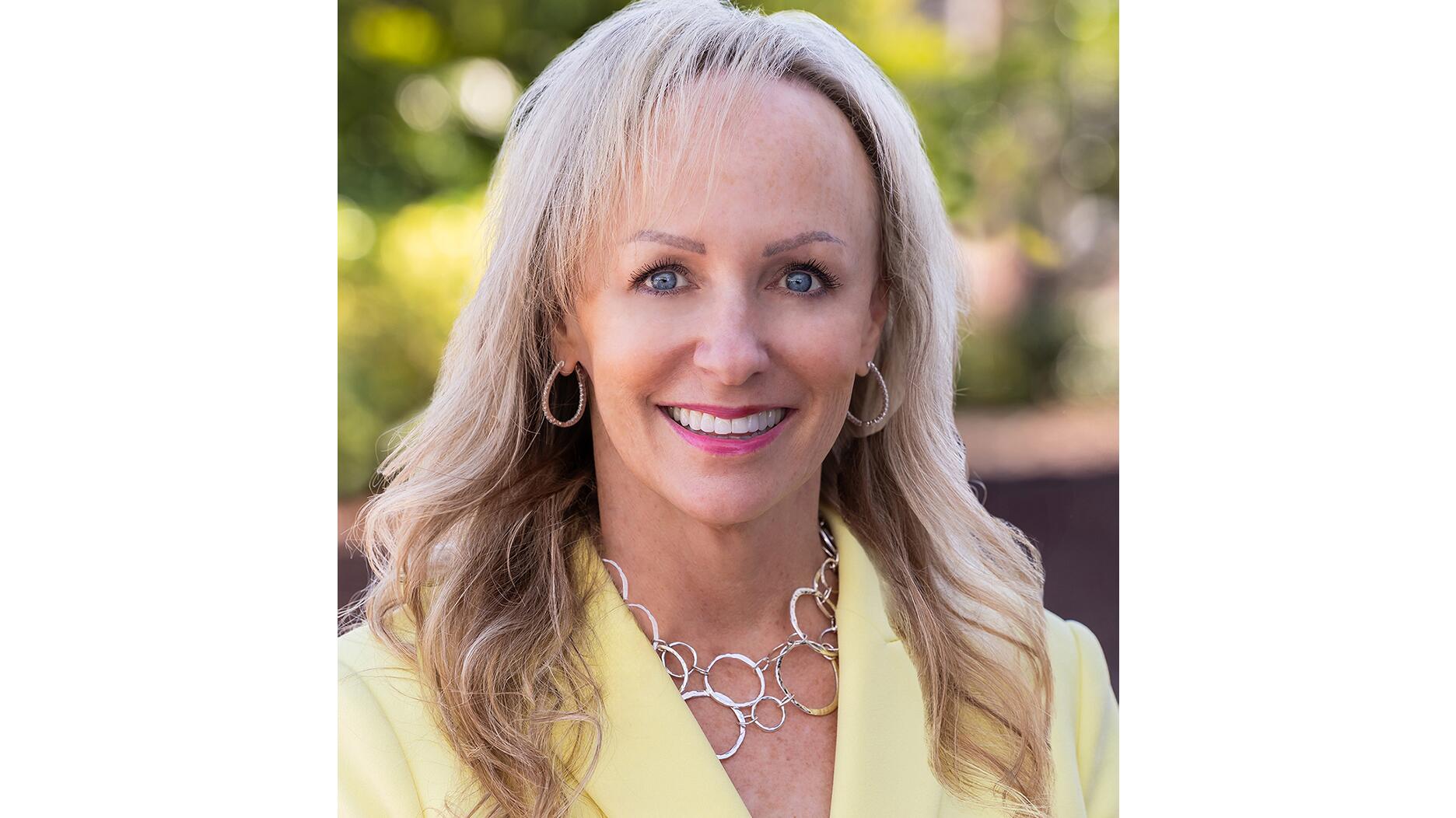Mohr had just retired in June after more than two decades as Couture’s retailer liaison.
Why Standard Chartered Shut Down Its Diamond Unit
The mid-stream sector of the diamond industry now “falls outside of the bank’s tightened risk tolerances,” the London-based lender said.
London--Standard Chartered Plc no longer will finance diamond traders and polishers after reevaluating its portfolio and determining there is too much risk for too little return in the sector.
The London-based bank began thoroughly reviewing all of its operations after CEO Bill Winters took over last year, looking to exit businesses generating low returns and/or that are vulnerable to large swings in loan impairment.
The trading and polishing sector of the diamond industry was certainly among those in Winters’ crosshairs, with the spike in defaults and bankruptcies last year--the bank was among those caught up in the massive Winsome Diamonds default--and the increased compliance reporting and regulatory capital costs associated with financing the industry.
In March, the London-based bank began to pull back, tightening its terms for lending to the diamond sector by asking dealers to provide more collateral or take out insurance protection on their loans.
Then, last week, JCKOnline.com broke the news that Standard Chartered would be exiting the diamond sector entirely.
In an official statement, the bank said that continuing to provide financing to diamond traders and polishers “falls outside of the bank’s tightened risk tolerances.”
A Standard Chartered spokesman added that it will still bank the mining and retail segments of the supply chain; its decision impacts only the mid-stream, meaning diamond traders and polishers.
A timeline for Standard’s shutdown of its diamond division has not yet been determined, though the bank said it is “working with clients to ensure a smooth exit.”
Eric Tunis, a partner at New York-based accounting and consulting firm Friedman LLP, said the news that Standard Chartered would no longer bank the diamond sector “wasn’t something that was shocking.”
There have been a number of warning signs, including the tightened lending restrictions and, very recently, the bank’s absence from the Las Vegas trade shows. Tunis said this is the first time he can recall not seeing anyone from Standard Chartered in Vegas.
He said the struggle with profitability among diamond manufacturers leading to loan defaults in the mid-stream, the slim margins banks now make when lending to diamond companies, and the general lack of robustness in the trade right now all make banks averse to financing it.
Friedman Co-Managing Partner Harriet Greenberg said compliance issues also are a factor.
Larger money center banks face hefty fines if it’s found that their clients are involved in money laundering, a practice many perceive to be rampant in the diamond industry.
“There’s a
“A lot of it is perception more than reality,” Greenberg said, noting that her firm’s clients, and many companies in the industry, have diligent quality control procedures in place.
The exit of Standard Chartered set off alarm bells around the industry, which has seen a number of banks pull back, and even pull out, in recent years.
Antwerp Diamond Bank is no more. Parent company KBC wound down its operations in 2014 after it is said it couldn’t find a buyer for the bank, though questions loom about the failed sale.
Dutch bank ABN Amro still lends to the mid-stream sector of the market, though sources in the diamond market say the bank has pulled back in recent years.
When asked to comment on Standard Chartered’s decision, Erik Jens, who heads the ABN Amro’s diamond and jewelry division, said he cannot comment on another bank’s strategy.
He noted, however, that in general banks “make risk adjusted return trade-offs on where to allocate capital. As for the diamond industry, we know that reputation and transparency still plays a role in those trade-offs, although we see the many initiatives of the industry to improve its image by self-regulation as well.
“In our opinion, for strong, corporate structured companies with a healthy balance sheet, a sustainable strategy and business plan and long-term potential and profitability, there is enough liquidity from several banks active in the sector, even attracting newcomers, including investors, in Europe, Asia, the U.S.A. and the Middle East.”
Greenberg said the exit of traditional lenders, like Standard Chartered and ADB before it, opens the door for non-bank players, such as hedge funds, to enter the sector and offer financial services.
“Anytime there’s a void, there’s an opportunity,” she said.
The Latest

Shekhar Shah of Real Gems Inc. will serve as president of the Indian Diamond & Colorstone Association in 2026.

This year’s good luck charm features the mythical horse Pegasus, and is our first Piece of the Week of the new year.

How Jewelers of America’s 20 Under 40 are leading to ensure a brighter future for the jewelry industry.

Articles about crime, engagement rings, and a necklace worn in the World Series generated the most interest among readers.


It marks the third time the country has headed the Kimberley Process. Ghana will serve as vice chair.

The new Bulova x Stetson designs highlight two animals often associated with the American West—the bison and the Texas Longhorn.

Roseco’s 704-page catalog showcases new lab-grown diamonds, findings, tools & more—available in print or interactive digital editions.

Its residency at Yamron Jewelers will run through May 2026.

From influential executives to innovative designers, we pay tribute to the people we said goodbye to this year.

The retailer is expanding into areas with large Indian and South Asian populations.

The Italian brand has opened its first flagship amid the peaks of the Dolomites in Madonna di Campiglio, Italy.

The new curation at the Natural History Museum of Los Angeles County showcases rare gem and mineral specimens in their uncut, natural state.

The couple pleaded guilty to concealing at least $127 million in cash transactions at its precious metals businesses.

Consumers shared concerns about prices, inflation, tariffs, trade, and politics in the survey’s write-in response section.

In February 2026, the auction house will move its headquarters to the former Steinway Hall, a neoclassical landmark on Billionaires’ Row.

The new show will take place Jan. 23-25, 2026.

The former BHP Billiton leader and Gemfields chairman is remembered for his influential leadership throughout his 50-year mining career.

The LVMH-owned brand has partnered with the costume design union to revamp its award for 2026.

The luxury titan inked a deal to acquire an initial minority stake in the jewelry manufacturer with a pathway to full ownership by 2032.

The company’s curation of unsigned vintage and estate jewelry debuted at the Bloomingdale’s in Costa Mesa, California.

In the recent multi-shipment seizure, CBP also found counterfeit Audemars Piguet, Moncler, and Chrome Hearts items.

Helzberg’s Chief Retail Officer Mitch Maggart shared details about its tests of a new store concept rooted in an elevated luxury experience.

Jewelers of America execs and National Jeweler editors discuss tariffs, the sky-high gold price, and the engagement that broke the internet.

The luxury goods company said founder Ippolita Rostagno will remain at the brand’s helm.

Laura Burdese, who joined the Italian luxury brand in 2022, will take on the role in July.

The National Jeweler editors revisit the most noteworthy industry happenings and design trends from 2025.

























